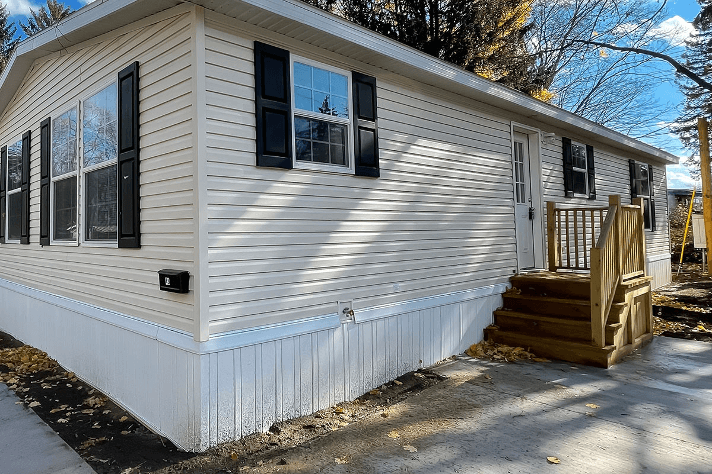
Mobile homes offer many advantages, including affordability and flexibility, but when it comes to curb appeal and energy efficiency, they often require some extra attention. One of the simplest yet most impactful ways to improve both aspects is by installing or updating mobile home skirting. Not only does it enhance the appearance of your home, but it also provides insulation benefits that can help you save on energy costs. In this guide, we’ll walk you through the process of DIY mobile home skirting installation, highlighting its benefits along the way.
Benefits of Mobile Home Skirting
Before diving into the installation process, let’s explore why mobile home skirting is so important. Here are some key benefits:
- Curb Appeal Enhancement: Skirting adds a finished look to your mobile home, covering the space between the bottom of the home and the ground. With various materials and designs available, you can choose a style that complements your home’s exterior, instantly boosting its curb appeal.
- Insulation Improvement: Skirting acts as a barrier against cold air infiltration in winter and hot air in summer. By sealing off the underside of your home, it helps maintain a more consistent indoor temperature, reducing the workload on your heating and cooling systems and ultimately lowering your energy bills.
- Pest Control: Skirting helps prevent pests like rodents, insects, and other critters from making a home under your mobile home. By closing off potential entry points, you can minimize the risk of infestations and protect your property.
- Structural Support: In addition to its aesthetic and insulation benefits, skirting also provides structural support by stabilizing the lower perimeter of your mobile home. This can help prevent issues such as shifting or settling of the home over time.
Now that we understand the importance of mobile home skirting, let’s move on to the DIY installation process.
DIY Mobile Home Skirting Installation
- Measure and Prepare: Start by measuring the perimeter of your mobile home to determine the amount of skirting material needed. Take into account any irregularities or obstacles such as steps or utility connections. Once you have your measurements, gather your materials, including skirting panels, framing components, and fasteners.
- Clear the Area: Before installing the skirting, clear the area around your mobile home of any debris, vegetation, or obstacles that may hinder the installation process. This will ensure a clean and level surface for the skirting to be installed.
- Install Framing: Begin by installing the framing components along the perimeter of your mobile home. This will provide support for the skirting panels and help create a secure enclosure. Use pressure-treated lumber or metal framing materials for durability and longevity.
- Attach Skirting Panels: Once the framing is in place, it’s time to attach the skirting panels. Depending on the type of skirting material you choose (such as vinyl, metal, or composite), you’ll either snap, screw, or glue the panels into place. Follow the manufacturer’s instructions carefully to ensure a proper installation.
- Seal Joints and Edges: To maximize the insulation benefits of your skirting, be sure to seal any gaps, joints, or edges where air could potentially enter or escape. Use caulking or sealant to create a tight seal between panels and around openings such as doors and vents.
- Finishing Touches: Once the skirting is installed and sealed, add any finishing touches such as trim pieces or decorative accents to enhance the overall appearance of your mobile home.
By following these simple steps, you can easily enhance the curb appeal and energy efficiency of your mobile home with DIY skirting installation. Not only will you enjoy a more attractive exterior, but you’ll also reap the benefits of improved insulation and lower energy costs. Whether you’re looking to update your existing skirting or install it for the first time, this project is a worthwhile investment in the long-term comfort and value of your home.
